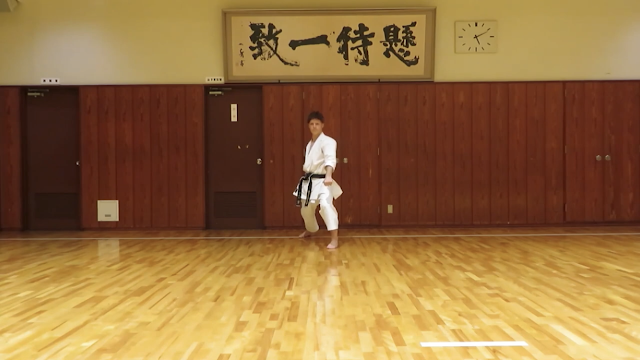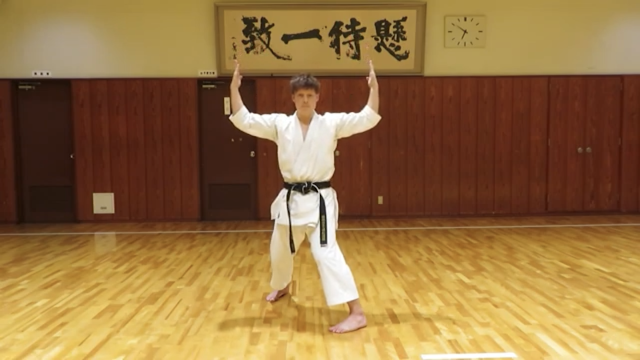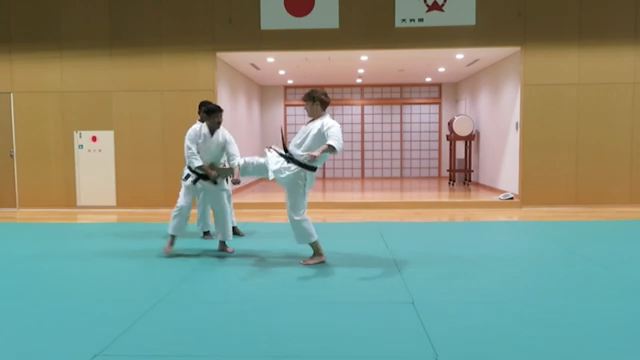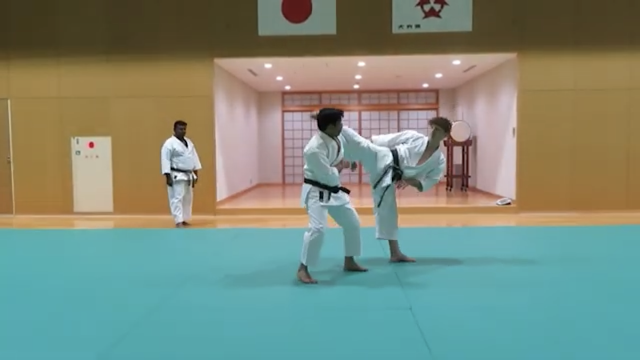Recently I did a special training session, which is typical for me in late December and early January. The practice broadly focused on the 15 core 松濤館 Kata as established by Funakoshi Gichin Sensei. Please note the title of this post, and the word 'broadly'. as you read on below):
平安初段 (Heian Shodan)
平安二段 (Heian Nidan)
平安三段 (Heian Sandan)
平安四段 (Heian Yondan)
平安五段 (Heian Godan)
抜賽 (Bassai)
観空 (Kanku)
鉄騎初段 (Tekki Shodan)
鉄騎二段 (Tekki Nidan)
鉄騎三段 (Tekki Sandan)
半月 (Hangetsu)
十手 (Jitte)
燕飛 (Enpi)
岩鶴 (Gankaku)
慈恩 (Jion)
Of course, later, Nakayama Sensei (and original Shihankai of the Japan Karate Association) also included 11 more kata, which now constitutes ‘the Standard 26’. Apparently, some of these kata entered Shotokan-Ryu via excursions to Mabuni Sensei’s dojo; furthermore, via Funakoshi Yoshitaka (Gigo) Sensei’s ‘missions’ back to Okinawa. It is also said that some of these additional kata were re-worked by him, supervised by his father. Most notably, Sochin and Meikyo, but also others.
Before the end of the year, I will do a few more intensive kata sessions in order to cover these 11 kata and Asai Tetsuhiko Sensei’s koten-gata. For me this training is an integral conclusion of each year: a very broad overview.
Lastly, I want to stress that ‘general knowledge of kata is fine, but very limited for oneself’. The expert should have “...no more than a handful of kata which they train intensively and practice deeply”—both as solo kata and with a partner: oyo-kumite. Every high level karateka must have “...at least one kata which is ‘in their DNA’”. But usually two to three. It is said that one may have up to five kata, but the time and skill required for this is extremely rare—even amongst professional instructors here in Japan.
Yes, ‘to instruct others one must practice broadly (and todays post is an example of this) but, never at the expense of acute specialization’. In sum, it must be like kata being in one’s DNA, “...otherwise truly effective and intrinsically reliable karate, as real-world self-defense, will inevitably be elusive”.
押忍!
© André Bertel. Oita City, Japan (2022).




















































